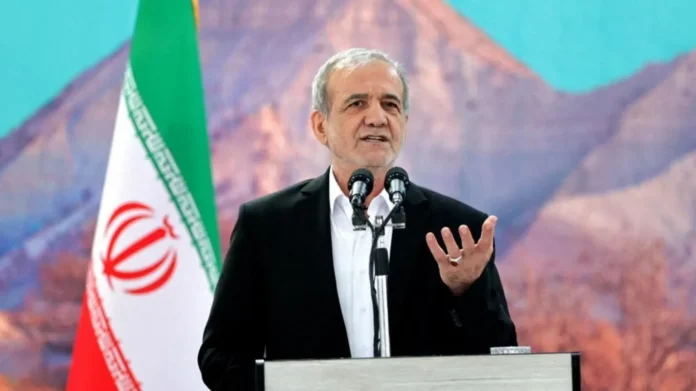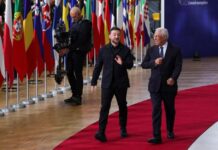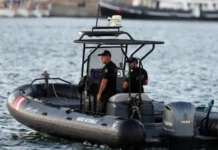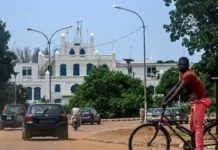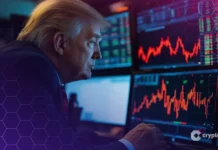Iranian President Masoud Pezeshkian was reportedly injured during an Israeli missile strike last month targeting a secret underground facility in Tehran, according to Iran’s Fars News Agency, which is closely affiliated with the Islamic Revolutionary Guard Corps (IRGC).
The alleged incident occurred on June 16, amid Israel’s surprise 12-day military campaign against Iran.
According to the Fars report, six precision-guided bombs struck key access and ventilation points of a subterranean meeting site where Pezeshkian and top Iranian officials were attending an emergency session of the Supreme National Security Council.
Pezeshkian is said to have sustained minor leg injuries while escaping the damaged facility through an emergency shaft. Electricity and air circulation systems were disabled, trapping leaders inside until an eventual evacuation was completed.
While the report remains unverified and Israel has issued no formal comment, the alleged attack marks the first time an Iranian head of state has been directly harmed in an Israeli military operation.
Videos shared online during the conflict show multiple strikes on mountainous terrain in western Tehran—now believed to have been the secret council bunker.
Last week, Pezeshkian accused Israel of attempting to assassinate him, an accusation Israeli Defence Minister Israel Katz denied, insisting that regime change was not the objective of the operation.
Intelligence sources have pointed to a major infiltration of Iran’s command-and-control infrastructure, with Israeli strikes eliminating a number of senior IRGC and military commanders in the early hours of the war.
The June 13 strikes targeted nuclear and military sites, prompting retaliatory aerial attacks by Iran and eventually a U.S. intervention on June 22.
President Donald Trump claimed U.S. air and missile strikes “obliterated” three Iranian nuclear facilities—though some U.S. intelligence agencies have offered more cautious assessments.
Iran maintains that its nuclear program is peaceful, despite heightened global tensions and ongoing uncertainty over the extent of the damages and future regional stability.









